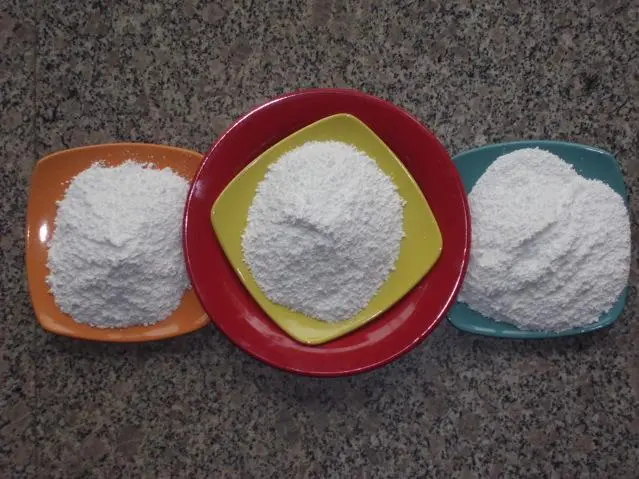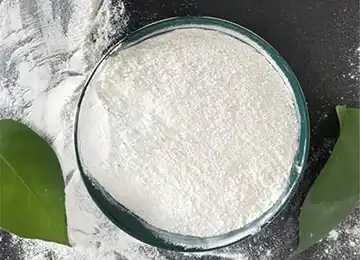Hebei Messi Biology Co., Ltd. stated that the salt lake brine is exposed to the sun, evaporates naturally, and then undergoes brine removal and purification to obtain magnesium chloride and then prepare magnesium hydroxide. The current methods for preparing magnesium hydroxide include sodium hydroxide method, calcium hydroxide method and ammonia method. The main reaction formula of the sodium hydroxide method is:
2NaOH+MgCl₂==Mg(OH)₂+2NaCl
The process for preparing magnesium hydroxide is simple to operate, the production process is short and the reaction conditions are easy to control. The purity of sodium hydroxide is relatively high, no other impurities will be introduced during the reaction, and the purity of the magnesium hydroxide produced is relatively high. However, the Ksp of magnesium hydroxide is very small. In addition, sodium hydroxide is highly alkaline and reacts quickly with magnesium chloride. It tends to produce a large number of extremely fine magnesium hydroxide particles, making the entire solution appear colloidal and causing filtration. Due to the difficulty, high-purity magnesium hydroxide cannot be obtained. Therefore, it is very necessary to control the reaction conditions such as the addition rate of magnesium hydroxide, the reaction temperature, and the pH value of the solution. Control the reaction rate of sodium hydroxide and magnesium chloride in the solution. Crude magnesium hydroxide with ideal particle size distribution can be obtained. After certain deep processing steps as needed, finished magnesium hydroxide products with different needs can be obtained.

Since magnesium hydroxide synthesized using sodium hydroxide at room temperature is often in the form of floc or colloidal precipitate that is difficult to filter and wash, researchers have conducted a lot of research and exploration on how to prepare products with large particle sizes and easy filtration. By adding crystal seeds, different feeding methods (double injection, single injection), product hydrothermalization, ionic effect, adding flocculants and other methods, the crystal grains of magnesium hydroxide are significantly increased and the filtration performance is good.
When sodium hydroxide is used as a precipitate to prepare high-purity magnesium hydroxide, the magnesium hydroxide synthesized at room temperature can be improved to a certain extent by using the same ion efficiency, aging treatment, or adding polyacrylamide flocculant during the preparation process. Sedimentation performance, but the effect is still not obvious; hydrothermalization of magnesium hydroxide consumes high energy, long reaction time, and high industrial production costs; the use of a two-flow method for adding seed crystals and adding raw materials can reduce the supersaturation of the solution and increase the product size The particle size can be improved to improve the purity, but it is necessary to control the amount of seed crystal and the feeding speed.
Hebei Messi Biology Co., Ltd. stated that it uses sodium hydroxide (concentration of about 4 mol/L) as a precipitant, and by adding seed crystals and controlling the addition rate of sodium hydroxide, flakes can be obtained without settling and hydrothermal treatment. Magnesium hydroxide with larger particle size is easy to filter and has good particle size agglomeration and is easy to filter. Its purity is above 99%.

